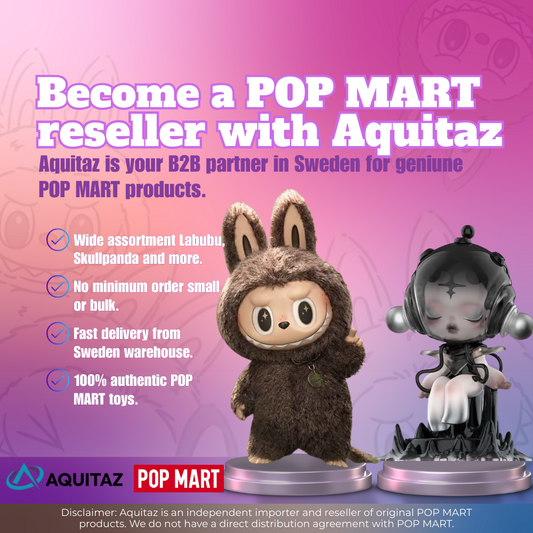How to spot fake Pokémon cards – Avoid getting scammed
The market for Pokémon cards is hot – and unfortunately, it also attracts scammers. Here you'll learn how to identify fake Pokémon cards, what to look for, and how to protect yourself as both a buyer and seller.
1. Recognize common signs of fake cards
-
Wrong color shades: Counterfeit cards often have a pale or overly saturated color
-
Thinner materials: They feel lighter and bend more easily
-
Incorrect background: Pokémon logo is blurry or has the wrong shade of blue
-
Wrong font or layout: The text may be the wrong size or skewed
-
Lack of black "inner edge": Genuine cards have a black edge between the front and back when held up to the light
2. Use the light and bend test
-
Light test: Shine a flashlight through the card – genuine cards have a black core and do not let much light through
-
Bend test: A genuine card will return to its shape if you bend it slightly. Counterfeit cards will break or become permanent when bent.
3. Double-check set numbers and symbols
Many counterfeits have:
-
Wrong card number in the set
-
Wrong symbol for set or expansion
-
Incorrect rarity symbols
Always compare with a verified database such as:
4. Buy from safe sources
-
Avoid buying from unscrupulous sellers on Facebook Marketplace and unknown online stores
-
Instead, buy from verified retailers, TCG specialists, or eBay sellers with good reviews.
💡 Want to be sure your card is authentic? Consider grading it – read our complete grading guide here
5. Summary
Fake Pokémon cards are getting better and better – but with the right knowledge you are protected. Check the color, weight, layout and always compare against genuine references. Are you going to sell cards? Then read how to sell Pokémon cards for a profit here .
Do you want to sell cards or grading products? Apply for a B2B account with Aquitaz – we deliver throughout the EU.





